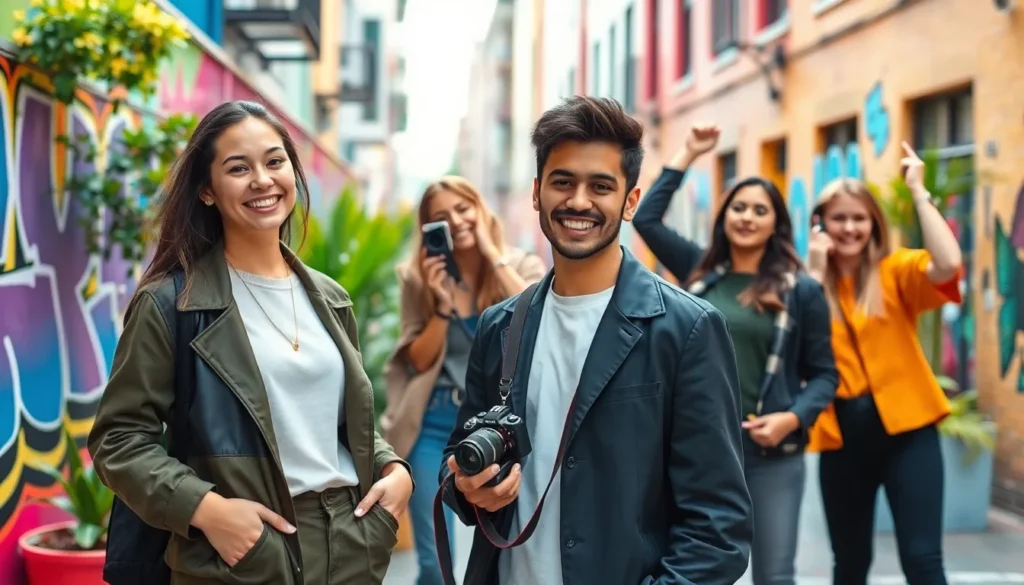
In today’s digital landscape, social media aesthetics play a crucial role in how individuals and brands present themselves. It’s not just about sharing moments; it’s about creating a visual narrative that resonates. From curated feeds to cohesive color palettes, the aesthetic choices people make can significantly impact their online presence and engagement. As platforms evolve, so do the trends that define what’s visually appealing. Understanding the nuances of social media aesthetics can help anyone—from influencers to small businesses—craft a compelling identity that stands out in a crowded space. Whether it’s the minimalist vibe of Instagram or the vibrant energy of TikTok, each platform offers unique opportunities to express creativity and connect with audiences.
Social Media Aesthetic
Social media aesthetic encompasses the visual style and thematic elements that define an individual’s or brand’s online identity. A well-defined aesthetic fosters strong engagement and builds a recognizable presence.Definition and Importance
Social media aesthetic refers to the cohesive visual identity created through photographs, graphics, colors, and typography. This aesthetic communicates brand values, influences audience perception, and enhances memorability. By curating a visually appealing feed, users can attract followers who resonate with their style. Research indicates that posts featuring visually compelling elements lead to higher engagement rates, which is crucial for growth in highly competitive spaces.Evolution Over Time
Social media aesthetics have evolved significantly since platforms emerged. Early posts centered on raw, unfiltered content, primarily focusing on authenticity. As user preferences shifted, the demand for polished and curated feeds rose. Trends such as pastel color palettes or minimalist design appeared, reflecting broader cultural movements. Current aesthetics often emphasize visual storytelling, aligning with the rise of platforms like Instagram and TikTok, where creators leverage video and photography to craft distinct narratives. This evolution consistently highlights the need for adaptability in aesthetic choices to remain relevant and engaging.Key Elements of Social Media Aesthetic



